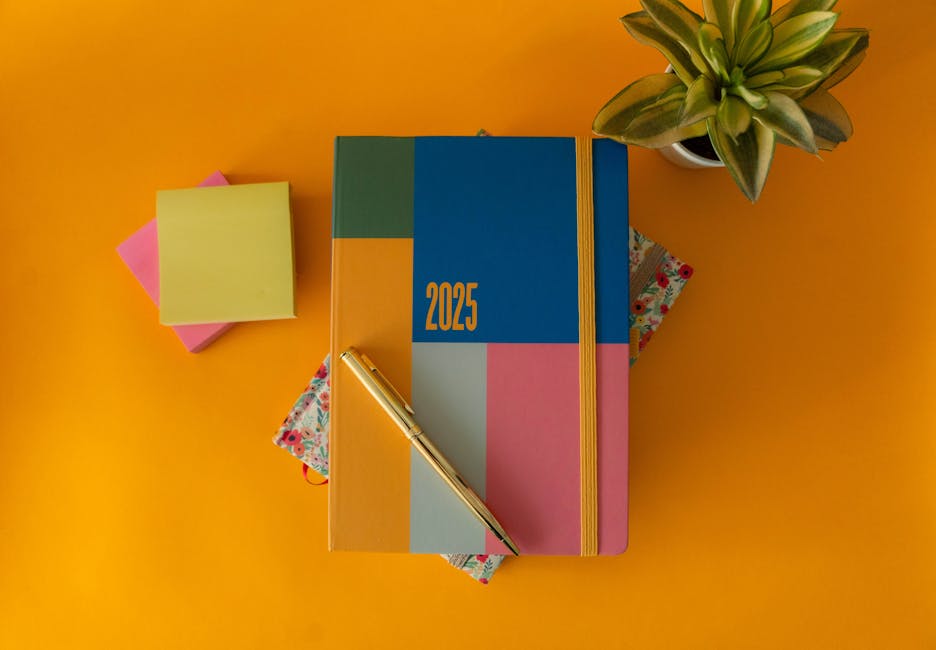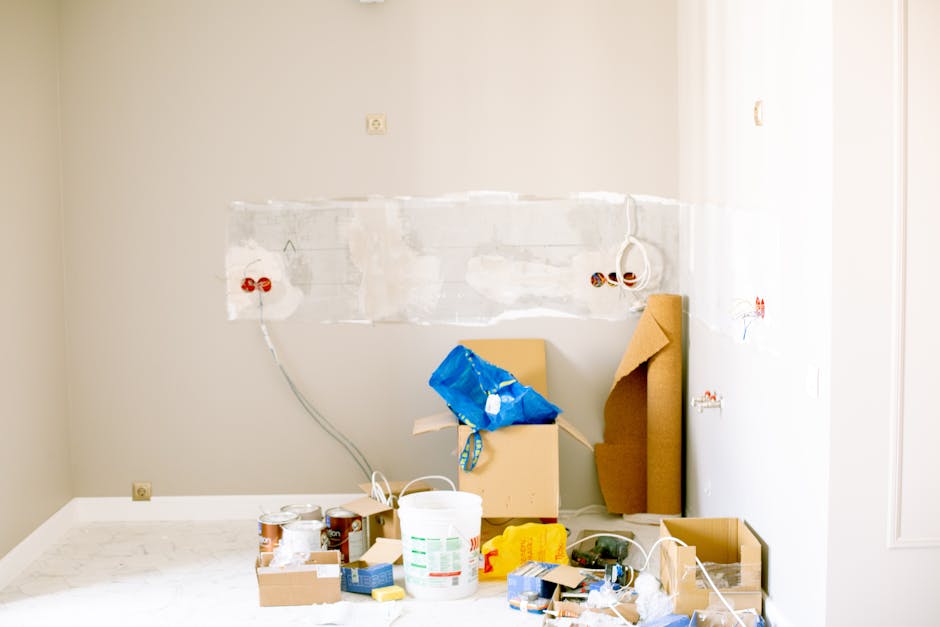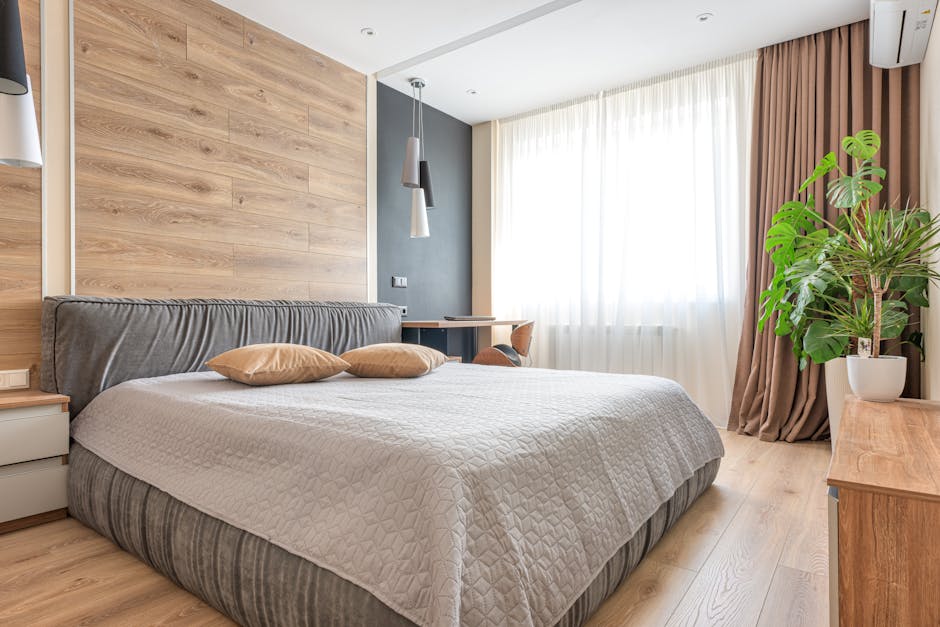Lighting as a Design Statement
Lighting is no longer just functional—it’s becoming one of the boldest visual elements in modern interior design. In 2024, lighting takes center stage, blending utility with high-impact aesthetic choices.
Statement Fixtures Replace Traditional Decor
Instead of filling walls with art or shelving, many homeowners and designers are choosing oversized or sculptural lighting fixtures to create a focal point.
- Oversized pendant lights act as art pieces
- Sculptural chandeliers bring architectural dimension to a room
- Floor and table lamps serve as standalone design statements
These elements add visual drama while minimizing clutter, especially in minimalist homes.
Layered Lighting Sets the Mood
Interior designers are focusing more than ever on layered lighting—not just for practicality, but to control ambiance throughout the day.
- Ambient lighting for general illumination
- Task lighting for focused activities (like reading or cooking)
- Accent lighting to highlight textures, art, or architectural features
Well-designed lighting schemes now balance emotion and function, ensuring your space feels as good as it looks.
Artisan and Upcycled Fixtures Shine
Sustainability continues to influence lighting choices. We’re seeing increased demand for:
- Handcrafted lighting made by local or independent artisans
- Fixtures using reclaimed or upcycled materials (like glass, metal, or wood)
- One-of-a-kind pieces that add personality and a sense of story to a space
As mass-produced design takes a backseat, lighting has become a medium for personal expression with eco-conscious roots.
Introduction
Vlogging hasn’t just survived the chaos of shifting platforms, privacy debates, and digital burnout—it’s adapted. The medium’s resilience comes down to one thing: connection. At its core, vlogging is still about letting people in. And in a digital landscape packed with polish and spectacle, that raw, human element continues to cut through.
But 2024 isn’t about doing the same thing harder. It’s about doing it smarter. Algorithms are evolving. Audiences are less impressed with flash and more focused on value. Authenticity is moving from a buzzword to a demand. Sustainability, niche communities, and clever repurposing are influencing how vloggers build, shoot, and grow.
What’s next? Not just more content—better, sharper, and more intentional content. Creators who tune into these shifts aren’t just staying relevant—they’re setting the pace.
Clean Aesthetics Are Getting Warmer
The visual language of vlogging is shifting. Clean lines still rule, but they’ve relaxed a bit—softer edges, rounded corners, and fewer sharp contrasts. Neutral backdrops are still in, but now they’re infused with earthy tones: muted greens, terracotta, and warm beige. The goal? Calm, grounded, inviting.
Natural materials are stepping into the spotlight. Wood grain instead of glossy laminate. Linen over synthetic. Clay over plastic. These textures read better on camera and send the right signal: slow, intentional, human.
Vlogs in 2024 also lean lighter on clutter. That doesn’t mean minimalist to a fault. It means every item in the frame has a reason to be there. Fewer props, more depth. A vintage mug with a story beats a shelf full of random decor. Audiences aren’t just watching a space—they’re reading it.
Smart Homes Blending with Seamless Aesthetics
In 2024, smart tech has finally stopped screaming for attention. The trend now is subtle—but powerful. Designers and vloggers alike are showcasing homes where voice assistants, lighting systems, and climate control are fully integrated without shouting their presence. Walls don’t blink, devices don’t hum. Smart is no longer about showing off gadgets—it’s about them disappearing into your day-to-day life.
Every light switch, thermostat, and alarm system is getting smarter, but also quieter in look and interaction. Voice activation is built into kitchen counters. App-controlled blinds glide open without a sound. Even docks and charging hubs are getting the design treatment, built into drawers, furniture, and walls rather than adding clutter. The aesthetic? Clean, minimal—tech that blends rather than disrupts.
For vloggers covering lifestyle, design, or tech, this opens a new lane: showcasing products and setups that function beautifully without dominating the frame. It’s not just about what something does anymore—it’s about how smoothly it fits in.
The 2025 Palette: Layered Neutrals and Shifting Light
Trending Color Palette for 2025
Subtle yet expressive, the top hues for 2025 lean into nature-inspired tones with a moody twist. This year’s colors reflect a growing desire for calming spaces that still feel intentional and styled.
- Dusty Olive: Earthy and grounding, perfect for creating a warm backdrop
- Midnight Blue: Bold without being overbearing—adds depth and elegance
- Soft Peach: Nudging toward neutrality with just enough blush to warm a room
These shades are less about contrast and more about harmony. They pair well with natural textures like stone, linen, and worn wood.
Tone-on-Tone Everything
Flat or monochromatic color moments are becoming more immersive. Paint designers and stylists are moving beyond accent walls and embracing full-room treatments:
- Walls, ceilings, and trim in a single color, adding depth through texture and finish rather than contrast
- Creates continuity and a cocoon-like ambiance without feeling flat or monotonous
- Works well with both deep tones like midnight blue or lighter shades like soft peach
This approach subtly hides architectural flaws and allows furnishings and artwork to visually pop.
Light-Responsive Paint Finishes
Gloss is falling out of favor in many spaces, replaced by finishes that change as the light shifts.
- Matte and eggshell finishes offer calm, softened visuals that don’t compete with furnishings
- Natural lighting affects tone perception, revealing the versatile nature of each hue
- These finishes help a room feel alive and responsive throughout the day
By leaning into ambient light, homeowners can create dynamic spaces that evolve naturally into evening.
The 2025 aesthetic is understated, yet deeply expressive—where tone, texture, and light work as design elements in their own right.
Adapting Homes for Hybrid Work and Life
The lines between workspace and living space have blurred—permanently. Whether you’re shooting vlogs, editing footage, or hopping on virtual meetings, your home needs to flex hard. In 2024, creators are rethinking room layouts and daily routines to fit the hybrid grind.
Smart zoning is key. You don’t need a full remodel—just sharper boundaries. Use lighting to signal shifts: cool task lights for filming or editing, warm tones when relaxing. Position furniture to carve out distinct zones—a bookshelf becomes a set backdrop, a fold-out desk becomes mission control.
For those working with less square footage, custom solutions are non-negotiable. Think wall-mounted gear storage, collapsible green screens, and sound-dampening panels that double as decor. The best vlogging spaces don’t sprawl—they adapt.
Hybrid life isn’t about making your home look like a studio. It’s about making one space work overtime without making you burn out in the process.
Slow Design Is Taking Root in Creator Spaces
Vlog setups used to be ring lights, flat-pack furniture, and whatever you could grab at the local big-box store. Not anymore. In 2024, there’s a hard pivot toward vintage and second-life furniture. It’s not just about aesthetics—though worn wood and mid-century chairs do add a certain charm on camera. It’s about values. Viewers care where your stuff comes from, and creators are leaning in.
Local craftsmanship is winning out over mass-manufactured sameness. Custom shelves built by a guy down the street. Reupholstered thrift-store finds. Even background props have stories now. And that’s the point. When your space reflects real intention, audiences notice. It reads as trust. It reads as taste.
Creative restraint is also proving useful. Hunting down consciously-sourced decor forces a slower, more thoughtful approach—one that stands out in a feed crowded with sponsored sameness. The end result is tighter, more personal storytelling. It turns your studio from a set into a statement.
Budget-Friendly Design That Doesn’t Look Cheap
Creating a cozy, stylish living space doesn’t require a massive budget. With a little creativity and intentionality, you can elevate your interiors using smart design hacks and investment-focused shopping.
Affordable Design Hacks Using Texture and Layering
When budget is tight, texture becomes your best friend. It adds depth, warmth, and character—even if you’re working with neutral or minimal color palettes.
- Layer textiles: Mix throws, area rugs, and cushions using different fabrics like linen, chunky knits, and velvet.
- Incorporate natural materials: Wood accents, woven baskets, and stone-inspired details add instant richness.
- Use contrast wisely: Layer light and dark shades to create visual interest without adding clutter.
- Add softness: Curtains, soft lighting, and plush upholstery can make a room feel intentionally cozy.
Shop Smarter, Not Harder
Rather than buying everything at once, focus on acquiring long-lasting pieces that anchor your space. Prioritize quality over quantity.
- Invest in foundational furniture: A good sofa or bed frame will last for years and define your room’s style.
- Look secondhand: Thrift stores, estate sales, and online marketplaces offer high-quality items at budget prices.
- Skip trends: Stick with neutral bases and timeless silhouettes—use accessories to introduce trends without long-term commitment.
- Cost-per-use mindset: Choose items based on durability and frequency of use, not just the sticker price.
Practical Guide
For a deeper dive into these strategies, check out our detailed guide: How to Design a Cozy Living Room Without Breaking the Bank
This hands-on resource offers room layouts, budget worksheets, and product recommendations for style that goes the distance.
Why the Best Interiors Aren’t Perfect
Perfect interiors are overrated. What stands out now are spaces that feel lived-in, flexible, and tuned to how people actually move through their day. A beautifully staged room might photograph well, but real life doesn’t sit still—and neither should your space.
In 2025, clarity and comfort are leading the way. That doesn’t mean design gets dull—it means design gets honest. An interior that supports your morning coffee habits, makes room for spontaneous guests, or adapts when work takes over the dining table, that’s where value lives. It’s about rhythm, not rigidity.
More creators and designers are telling personal stories through layout and material, choosing furniture that evolves with need, and leaning into textures that invite use. Blank-slate perfection is out. Smart, thoughtful mess—the kind that tells you someone actually lives here—is in.




